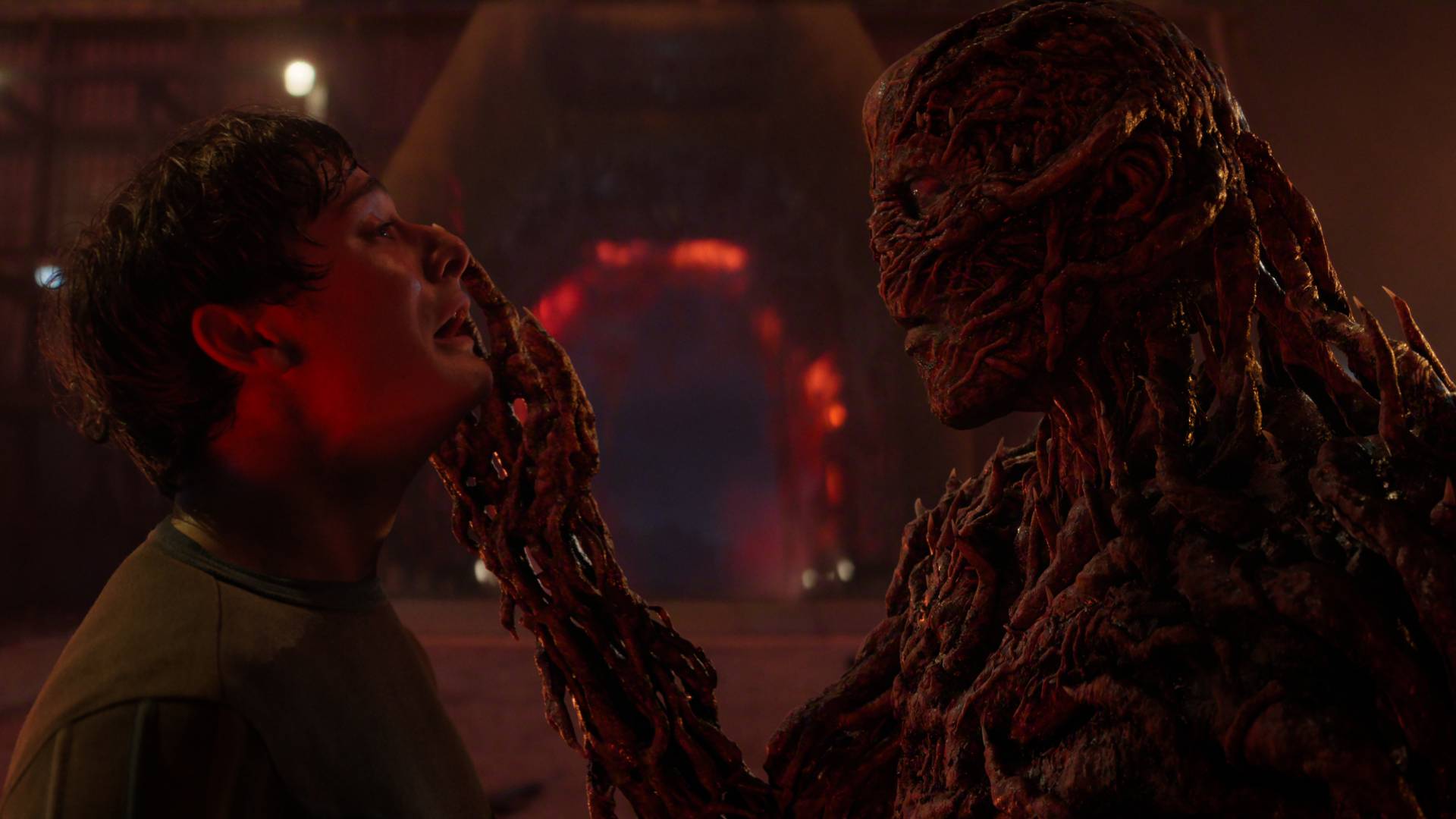Switch 2 vs Xbox Series S: How does Nintendo's handheld compare?
Does the Switch 2 have the chops to challenge the Series S?
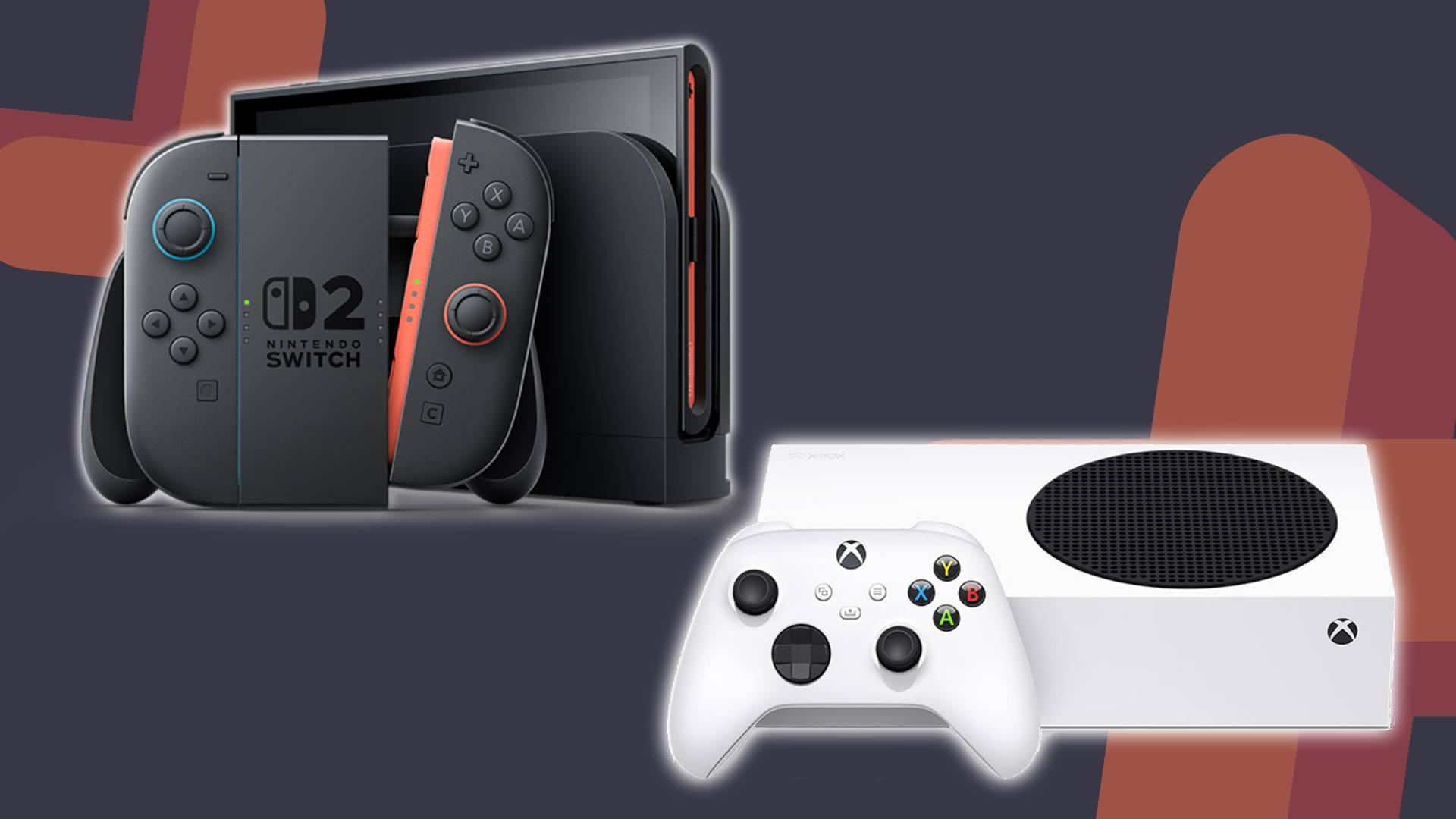
The Switch 2 vs Xbox Series S might not feel like a fair fight since Nintendo's upcoming console is a handheld. But, both systems are set to throw punches in the affordable console ring, and the idea of hitting 4K performance could lure players away from Microsoft's affordable 1440p machine.
The Nintendo Switch 2 and Xbox Series S are fundamentally different beasts, and while players thirsty for a console war might want to declare a sole winner, doing so isn't entirely useful. After all, Ninty's newcomer is set to be one of the best gaming handhelds, whereas the Series S is a home console that relies on an external screen.
Ultimately, deciding between the two boils down to your game preferences and whether you'd rather play on the go or within the comfort of your home. If you're itching to race around a fungus-themed world as an Italian plumber or a cow, you'll be tempted to buy the Switch 2. If you've got a Game Pass subscription and want day one access to a wealth of big outings, the Xbox Series S could be a better call. This side-by-side comparison will help you easily make up your mind, especially when it comes to specs and performance.
TL;DR: Nintendo Switch 2 vs Nintendo Switch
Nintendo Switch 2
- Handheld device
- 8-inch touchscreen
- HDMI docking station
- 4k 60fps (docked mode)
- 1080p 120Hz (handheld)
- Magnetic Joy-Con controllers
- Backwards compatibility
- Nintendo exclusives
Xbox Series S
- Home console
- 1440p 120Hz via HDMI
- Included Xbox Wireless Controller
- Day One access to Microsoft exclusives
- Xbox Game Pass
Switch 2 vs Xbox Series S: Price
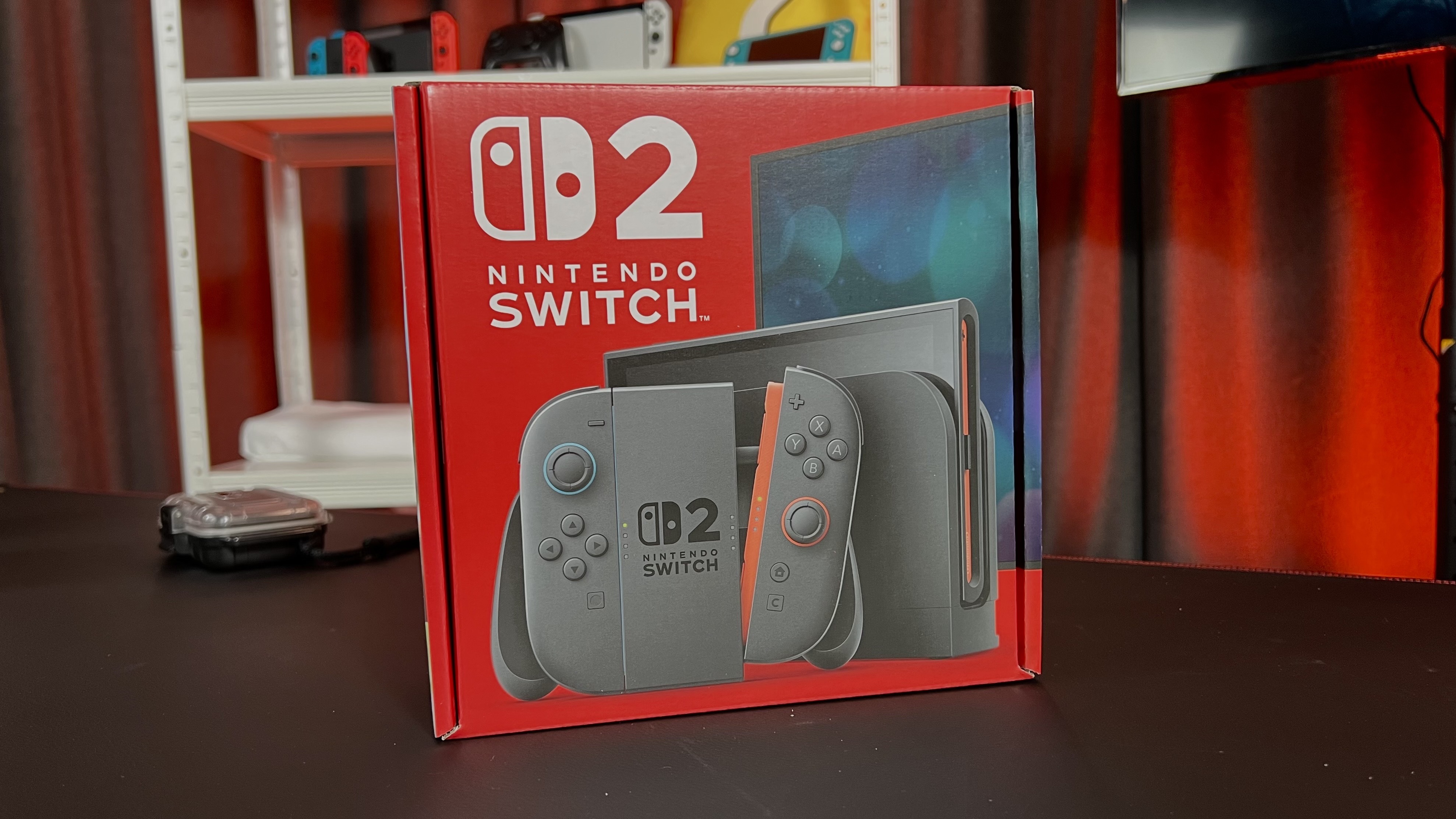
The Nintendo Switch 2 retails for $449.99 / £395.99. That's $70 more than you'll pay for a 512GB Series S since it currently comes in at $379.99 / £299.99. Keep in mind that Microsoft recently hiked its hardware prices, and it wasn't for the changes, you'd be looking at $299.99 / £249.99.
Both consoles are bundled with a controller, but the Switch 2 goes that extra mile by including a set of Joy-Con that'll make two-player sessions possible out of the box. However, you will get three months of Xbox Game Pass with the Series S, meaning you'll be able to dive straight into a whole load of adventures without having to spend more.
On that note, Nintendo Switch 2 game prices are pretty lofty compared to Xbox. You're looking at $79.99 for the likes of Mario Kart World, while expensive new releases like DOOM: The Dark Ages stick with the common $69.99 price tag on Series X/S. Naturally, digital downloads and physical Nintendo games could cost more in the future, but buying new releases will, on averag,e set you back less on Xbox consoles.
Switch 2 vs Xbox Series S: Specs
On paper, the Xbox Series S beats the Switch 2 in terms of raw specs. Yes, that is confusing since Nintendo's handheld can hit 4K 60fps in docked mode while Microsoft's digital-only console targets 1440p, but the former portable relies on Nvidia AI upscaling shenanigans to make that happen.
Weekly digests, tales from the communities you love, and more
Purely looking at specifications, the ARM Cortex A78C CPU within the Switch 2 can reach up to 1.7 GHz in docked mode, whereas the Series S boasts clock speeds up to 3.6 GHz. The Nvidia Ampere GPU can hit up to 1,007 MHz, which also falls behind the AMD chip within the Series S, as it can reach around 1.5 GHz.
Keep in mind that those figures apply to docked mode, and if you pull the portable out of the dock, it'll step things back a bit. That makes sense since the Switch 2 targets 1080p 120Hz performance to match its screen in portable mode, and it can easily do that using slower CPU and GPU clock speeds.
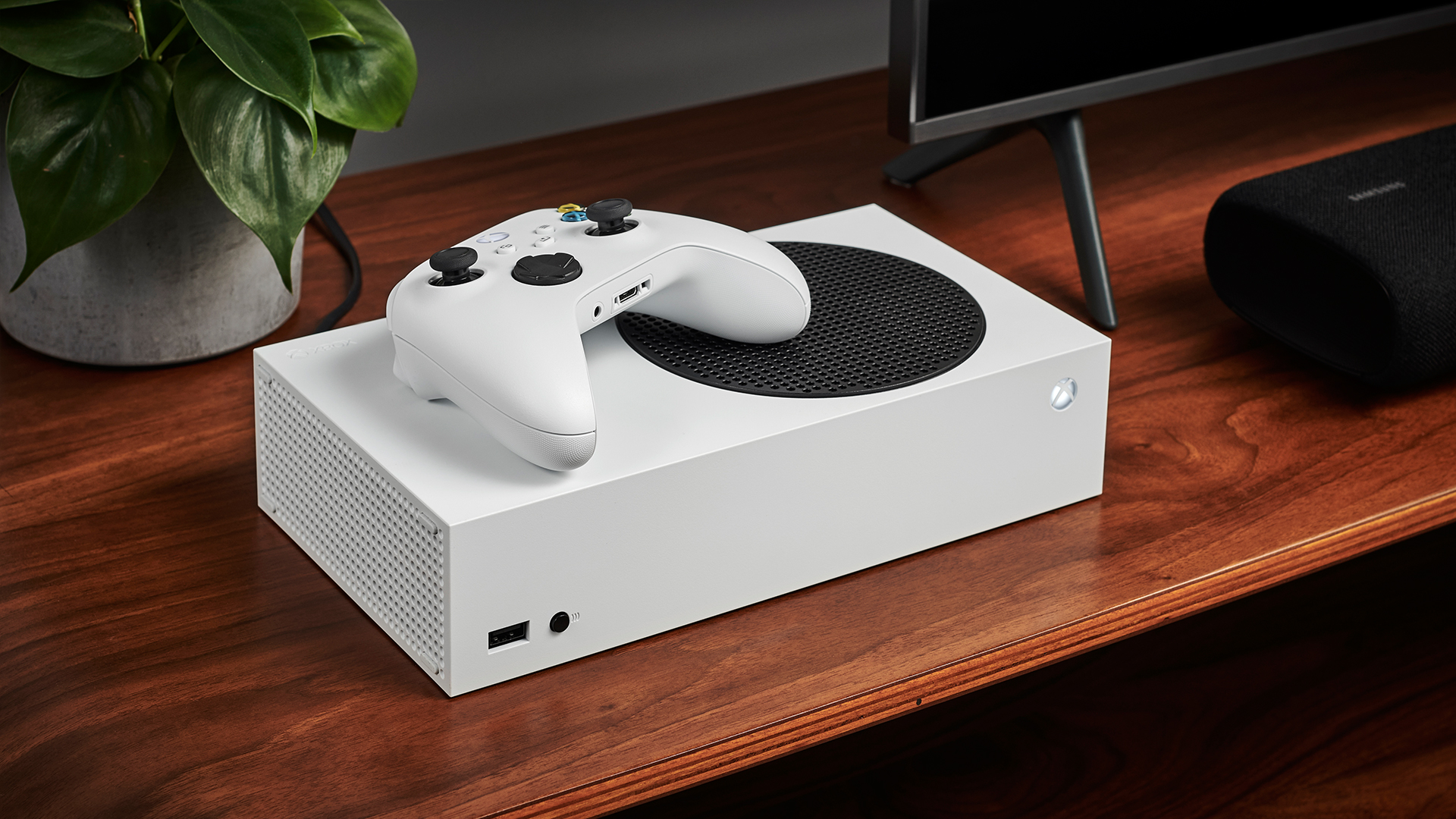
As for memory, you're actually getting 12GB RAM with the Switch 2 versus 10GB in the Series S. The extra headroom will ultimately help Nintendo's handheld pull off those promised higher resolutions in docked mode while preserving high textures, but 10GB is theoretically enough to satiate the latest releases at 1440p. Console optimization plays a huge role here when it comes to actually running games on both consoles, and frame rates can still vary depending on each developer's approach.
It's worth touching on storage too, as the Nintendo Switch 2 only comes with 256GB internal storage. Even the base Series S boasts 512GB, and there's a model that ramps that up to 1 TB. Virtually, that means you'll be able to store a beefier library on Microsoft's console compared to Nintendo's, but since the latter handheld has physical game support and generally smaller game file sizes, the perk might not be that big of a deal in practice.
Switch 2 vs Xbox Series S: Features

As far as default features go, the Switch 2 runs rings around the Xbox Series S. You could say that's pretty obvious since we're talking about a brand new handheld with docking capabilities versus a traditional stay-at-home console, but there are even more perks included with Ninty's system than you'd perhaps think.
Even before we get to docks, resolutions, and new Game Chat shenanigans, the Series S actually scales things back even compared to other consoles due to its all-digital nature. Physical media is a no-go with Microsoft's cheapest Xbox, and that restricts inherent features like sharing games with friends or tapping into Blu-ray compatibility like the Series X and PS5.
That latter feature isn't something the Switch 2 can pull off either, since it uses proprietary carts rather than discs. Plus, Nintendo is relying on new "Game Key Cards" for some releases that only serve to grant you access to a download. The company does make up for this by incorporating a new Game Share feature that'll let you loan digital games, something that requires using the same console on Xbox hardware, but Nintendo still isn't fully embracing physical gaming this generation.

On the output side of things, the Switch 2 pulls off 4K 60Hz using HDMI 2.0 in docked mode. Despite using the same port standard, the Series S caps things at 1440p, but still benefits from refresh rates up to 120Hz. Making use of those speeds fully depends on the game, and while Nintendo also plans on making "performance modes" a thing in shooters like Metroid 4, whether it'll venture beyond 1080p 120Hz remains to be seen.
Nintendo consoles do lag behind a little when it comes to additional app support. Xbox consoles have been offering up access to streaming services and social applications since the glory days of the 360, so the fact that it pulls ahead of the Switch 2 in that department shouldn't be a shocker.
That isn't to say Ninty hasn't got a few tricks up its sleeve this time around, though, as while you won't be getting access to Discord or any player favorite social apps, there is a new Game Chat feature. Rather than having to use a phone app for chatting to pals (looking at you, OG Switch), you'll be able to use a USB-C camera and join a group of up to 12 people.
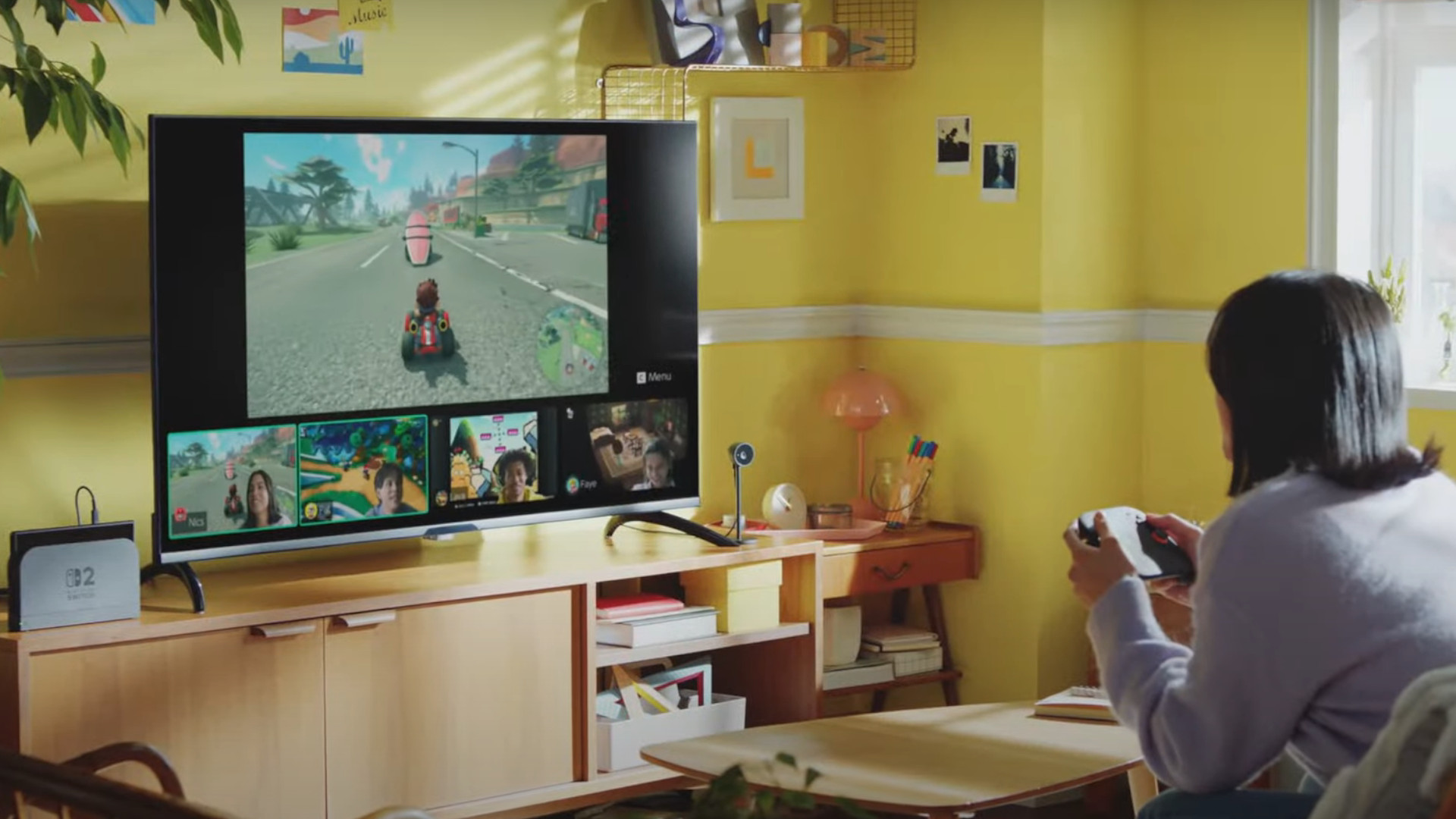
The Switch 2 also benefits from simply being a handheld, allowing it to exist as a mobile device when removed from its included dock. When you consider the fact that Nintendo's portable can do 4K 60Hz at home and even 1080p 120Hz on the go, it does make systems like the Series S feel slightly more primitive. However, keep in mind that the Switch 2 has access to Nvidia's DLSS AI upscaling tech, so the resulting UHD performance isn't truly native.
At the moment, the Series S doesn't have access to any FPS boosting tech, which means it has to rely on good old-fashioned native rendering. If you're not into the idea of using AI, this could be a blessing, but also means future frame rates won't be afforded a helping hand in the same manner as Switch 2.
Switch 2 vs Xbox Series S: Controllers

I get pretty excited for new console controllers, and the new Switch 2 Joy-Con brings some dazzling new features to the table. This absolutely helps give Nintendo's pads an edge over Microsoft's Xbox Wireless Controller, but depending on your gamepad preferences, the latter might still be preferable.
The new Joy-Con controllers are larger, swap out the old Switch rail system for magnets, and boast improved HD rumble. They also come armed with optical sensors that allow them to be used like a gaming mouse, something that will help developers bring desktop PC games to the system and offer up an alternative way to play shooters and more.
Those are all perks I'm hyped for, but when it comes to straight-up playing games, I do wish Nintendo bundled its console with a more traditional controller. The Series S shines in this department since it comes with a traditional wireless gamepad, and while it's obviously lacking in the feature department, its ergonomics and full-sized sticks will absolutely suit some players more.
Switch 2 vs Series S: Games
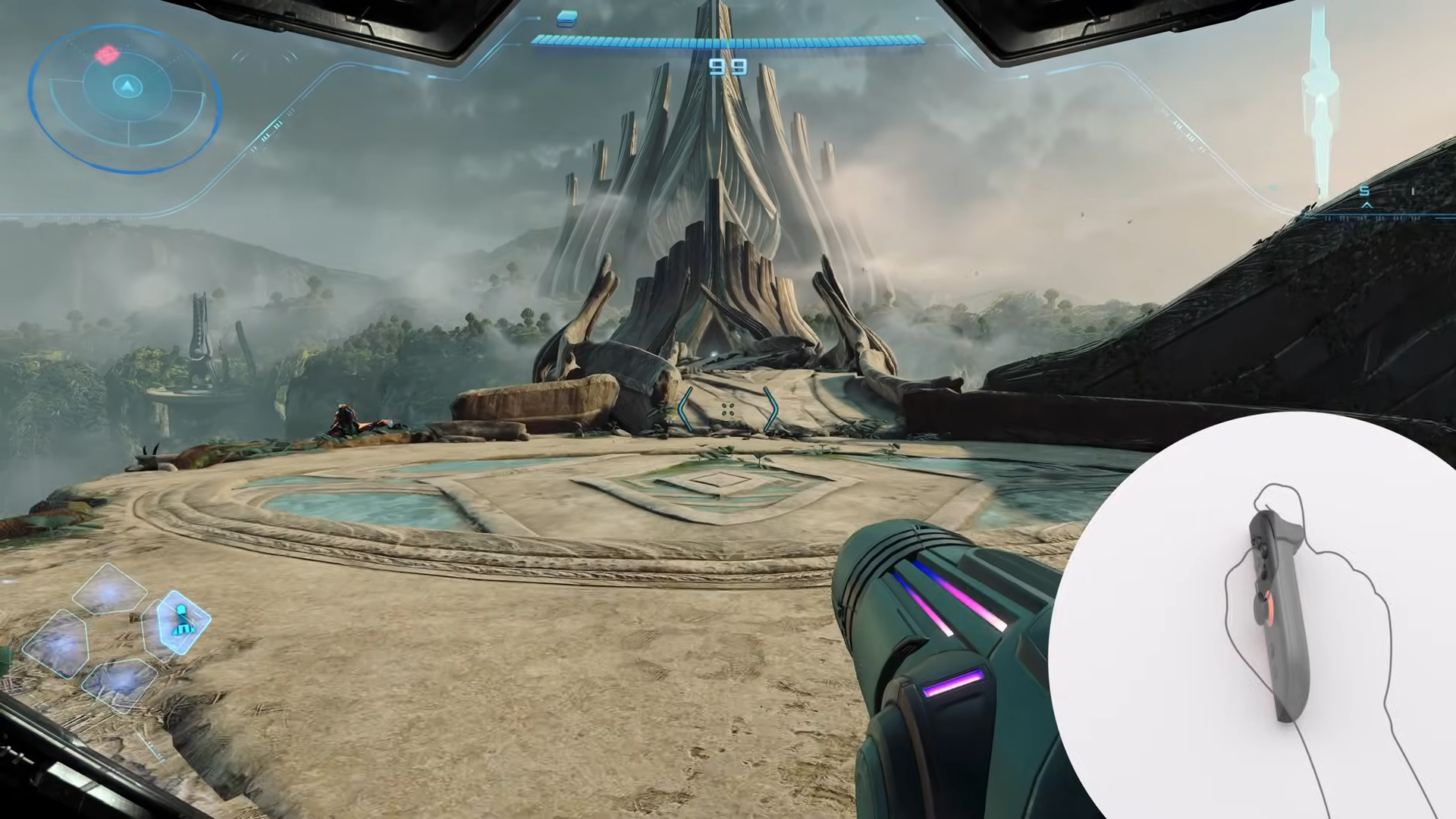
Let's be real, the real reason to pick up either the Switch 2 or Series S is the games. You could objectively call one console better than the other, but that's not going to matter if you'd rather trek across Hyrule than don Master Chief's iconic helmet. While exclusives are becoming a little complicated on the Xbox side of things, the only way to play Nintendo games is, well, by picking up a Nintendo console, and that should impact your decision-making.
Before I even get to the exclusives themselves, the way you'll be exploring the latest adventures on each console is drastically different. With the Switch 2, you'll be able to choose whether to pick up most outings as a physical cartridge or download via the Nintendo eShop, whereas the Series S is a digital-only system. You'll have to rely on either Microsoft's online store or a Game Pass subscription, and that means having an internet connection is mandatory.
At the moment, there's arguably more reason to pick up the Switch 2 for exclusives than the Series S. Nintendo's console will get access to first-party outings like Mario Kart World and Donkey Kong Bananza that won't be making their way to other systems. Ninty still doesn't like sharing its greatest adventure cross-platform, whereas Microsoft is actually getting in the habit of releasing its games on all platforms.

If the OG Switch is anything to go by, there's a strong chance the Switch 2 will end up with games developed by Microsoft-owned companies. Some examples of already available outings include Pentiment, Hi-Fi Rush, and Sea of Thieves, and since the portable packs enough of a punch to handle demanding romps like Cyberpunk 2077, it's not unreasonable to suggest it could end up with the same big Xbox releases as the PS5 and PC.
What I will say is that since the Switch 2 is low-spec compared to the PS5, Xbox Series X, and PC, future third-party releases might not necessarily come to the handheld. Traditionally, Nintendo consoles have missed out on beefier adventures, so access will fully depend on whether developers are willing to optimize things for the console. That said, devs are technically already doing this to suit portable PCs like the Steam Deck OLED and Asus ROG Ally, not to mention the Series S itself isn't quite a punchy as other 4K systems.
The TLDR on games is this - if you're hellbent on playing Nintendo exclusives, picking up a Switch 2 is a must. If you'd rather have guaranteed access to big releases by Bethesda, Obsidian, Blizzard, and various other Microsoft publishers, sticking with the Series S is wiser. Both should have access to all the latest Indie hits to emerge, and a range of third-party escapades should make their way to both consoles, too.
Switch 2 vs Series S: Portability
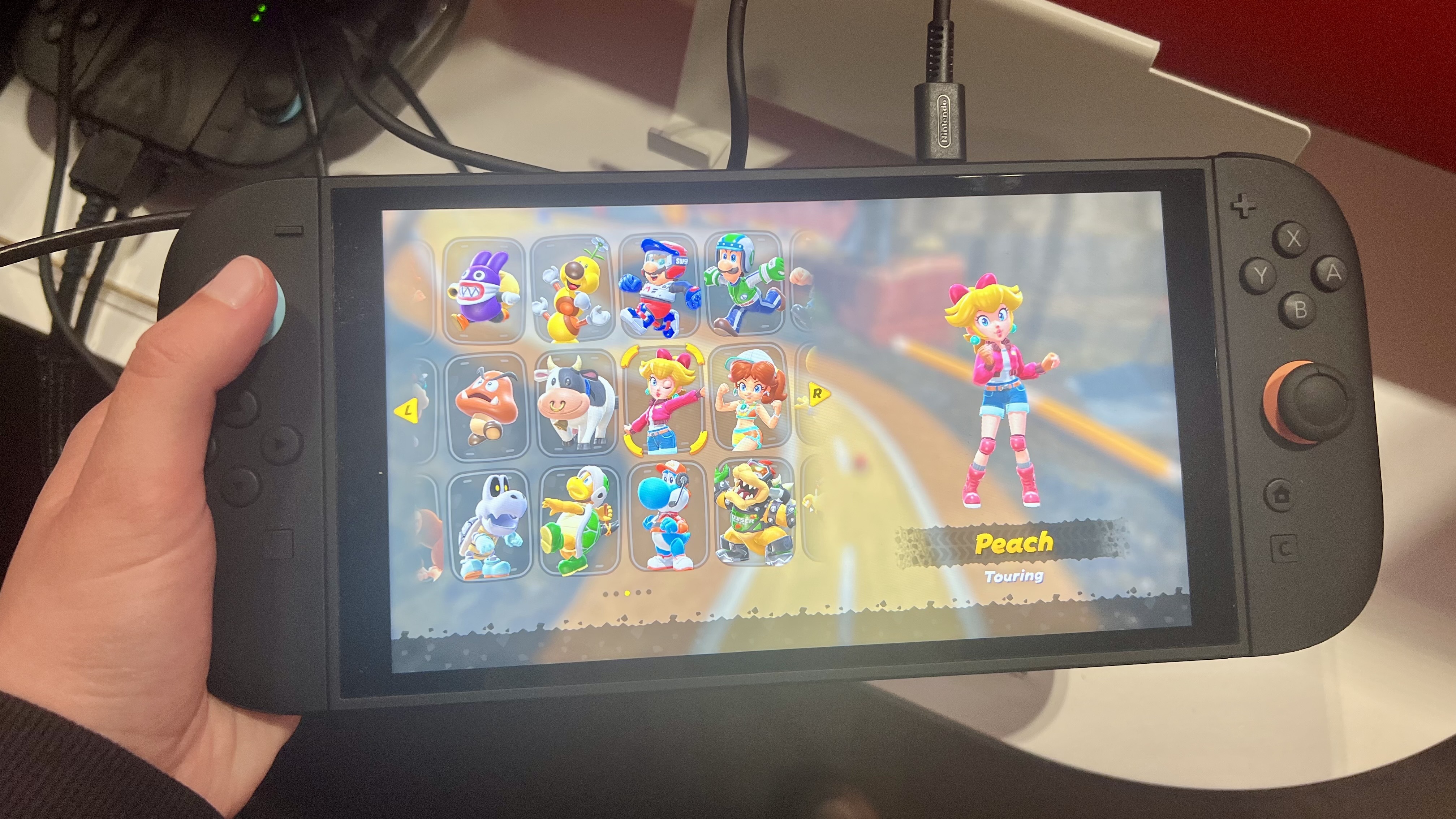
Okay, look, I get that comparing Switch 2 portability to the Series S sounds like I'm on the wind up. It'd be extremely weird if Microsoft's console could remotely challenge Ninty in this department, but that's not to say you can bring your Xbox with you in a similar manner to Nintendo's newcomer.
The Series S is pretty compact, measuring in at 27.5 cm (10.83 inches) by 15.1 cm (5.94 inches). It's also pretty light at 4.25 pounds (1.93 kg), meaning it's much lighter than other systems like the PS5 and Series X. It's also designed to be used horizontally, which opens the door to accessories like attachable LCD gaming monitors not unlike the flip-up panels of old you'd pair with the PS2 and GameCube.
But that setup is ultimately still not "portable" in a mobile gaming sense. You'll still have to rely on AC power and use the console with a controller. The Switch 2, on the other hand, offers up a true portable experience thanks it its handheld nature, offering up removable Joy-Con controllers, a lightweight 0.88 lbs (400g) design, and an integrated 8-inch 1080p display.
What I will say is that if you'd rather play using a gaming TV, the Series S isn't weighed down that much compared to an entire Switch 2 setup. To tap into Nintendo's hybrid capabilities, you'll need a dock, and if you use the default cradle, the ensemble will weigh 917g (0.91kg). It's still a lot lighter than an Xbox, but still going to require space in your backpack.
Switch 2 versus Xbox Series X
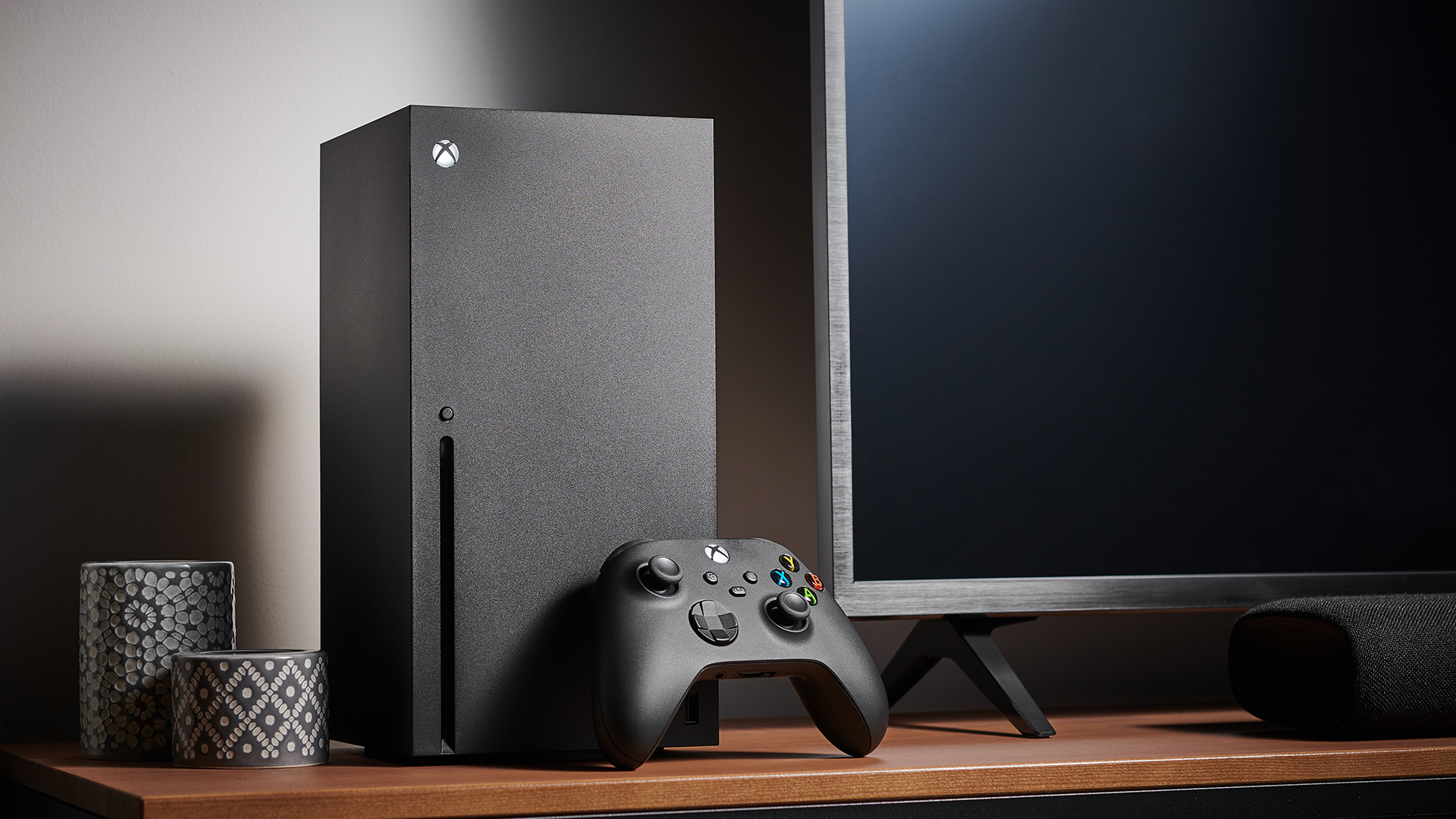
The Xbox Series X isn't too dissimilar to the Series S, especially when you pit it against the Switch 2. However, Microsoft's flagship console is a powerhouse compared to Nintendo's portable, meaning it's not remotely a rival in terms of performance.
The Series X is capable of hitting 4K 120Hz in compatible games, meaning it beats the Switch 2 with a higher UHD refresh rate. That's all thanks to its more powerful innards that enable it to trump Nintendo's 3.1 TFLOPS handheld with 12.155 TFLOPS performance via a custom AMD RDNA 2 APU. Just like the Series S, it doesn't currently tap into any upscaling capabilities, but that could help it pull off even better results in the future if implemented.
Depending on the model, you'll also gain access to Blu-ray capabilities with the Series X. That means you'll be able to watch HD movies and UHD physical releases, which tend to boast much better fidelity than streamed content. If you're rocking a pricey TV like the LG OLED G4, that's going to matter, and the Switch 2's use of cartridges means it's simply not an option on the handheld.
At the same time, the Series X is firmly a home console. So, unless you somehow work out a way to strap the 9.8 lbs (4.4 kg) rectangular prism to your back like a Ghostbusters Proton Pack, accompanied by a corded power source, and an external display, it's not going to provide any portable functionality. This is something that, again, makes the Switch 2 feel even more impressive given its size and mobile console nature, even if it does mean less performance overall.
Comparing even the cheapest $549 / £449.99 digital Series X to the $449.99 / £395.99 Switch 2 is more absurd than the Series S, given its higher price and target performance. That said, if you're not specifically looking for a portable experience or access to specific games, running through the differences should help you narrow down your new console options.
If your main priority right now is grabbing a handheld, you'll also want to check out our rundown of the Nintendo Switch 2 vs Steam Deck for a look at how those two portables compare.
Prepping for the portable? Check out whether you should upgrade your TV for Switch 2 and Nintendo Switch 2 backwards compatibility explained.

Phil is the Hardware Editor at GamesRadar and joined the team in 2023. In the past, they've also contributed to the likes of TechRadar, The Daily Star, the BBC, and PCGamesN, but these days, they specialize in testing the latest gaming handhelds, monitors, TVs, and PC components. They're also extremely nerdy about retro consoles and playing the classics on both new and old systems.
You must confirm your public display name before commenting
Please logout and then login again, you will then be prompted to enter your display name.


